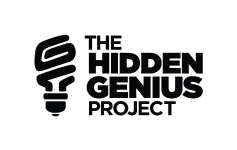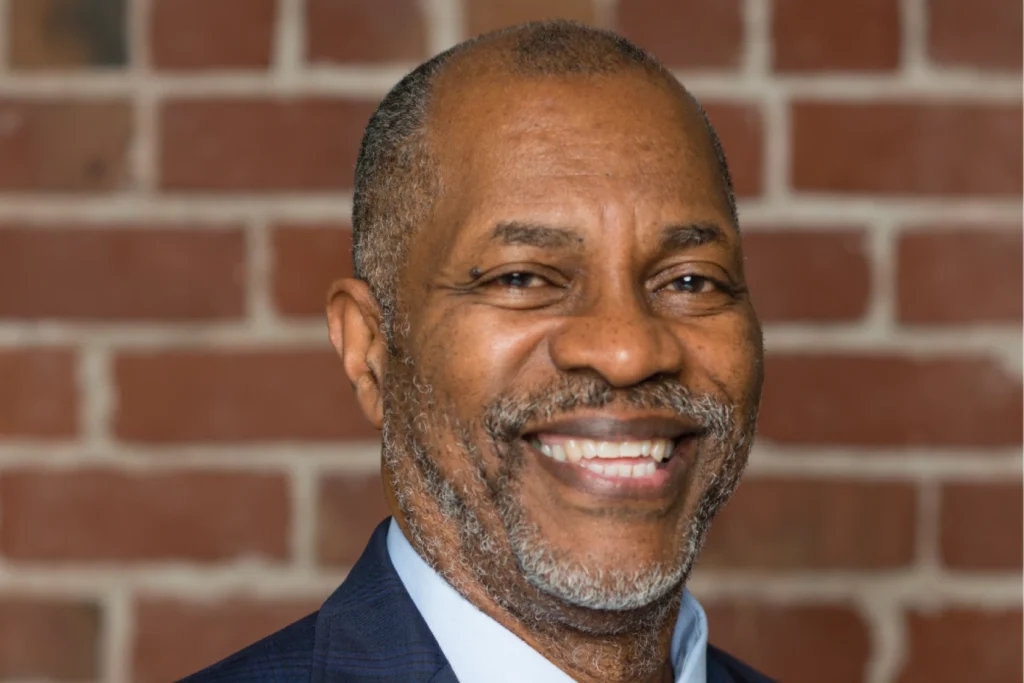By: Dan Parks, The Chronicle of Philanthropy
Date: Thursday, February 10, 2022
The Hidden Genius Project, which trains and mentors Black boys and teenagers about technology careers, entrepreneurship, and leadership skills, was at a crucial point in 2015.
The small Oakland, Calif., charity was seeing rapid growth in the number of volunteers who wanted to participate, and it was ready to hire paid staff so it could expand its operations. It needed money. Its timing was fortuitous.
It was right around then — long before the nation had heard of George Floyd — that the East Bay Community Foundation was becoming more responsive to the needs of grassroots groups, particularly those focused on equity and racial justice. Its then-CEO, James Head, who had joined the organization the year before, was pushing the community foundation’s donors to start directing money toward nonprofits they may have never heard of before — small charities working to rebuild communities.
“They helped tell our story and the impact that we’re having,” says Brandon Nicholson, executive director of the Hidden Genius Project. “It was a significant impact for sure.”
The partnership was crucial in fueling Hidden Genius’s growth from an annual budget of about $350,000 in 2015 to a planned $6.2 million in 2022, including a campaign for a new building to house Hidden Genius and other local Black-led organizations.
Hidden Genius is one example of many nonprofits that saw their budgets get a boost as Head and the East Bay Community Foundation got donors to think differently about their giving priorities. Another Oakland group, the Roots Community Health Center, worked with East Bay to better tell the story of how it is helping more people get access to health care, and it has grown as a result.
“People didn’t realize how deeply social injustice permeated communities. That included our donors.”
Head and East Bay have managed to get donors to think differently about their giving priorities — not just persuading them to direct money to small organizations but also to shut down the flow of cash from donor accounts to “hate groups” and organizations that engage in discriminatory practices.
These and other efforts have made East Bay a national model for community foundations working to give greater priority to equity issues after Floyd’s murder by police spurred protests around the country.
Tapping Donor-Advised Funds
As with many community foundations, a large share of the assets at the East Bay Community Foundation are in donor-advised fund accounts, in which donors deposit money in investment accounts until they decide which charities will get the money. In the case of East Bay, about 82 percent of its assets are in donor-advised fund accounts, so getting the donors who contributed to those accounts on board was crucial to making East Bay a potent force for equity and grassroots support in the region.
Donors have their own deeply entrenched values and ideas of where they want to give, so Head met resistance. How do you get a donor whose passion is animal rights, for example, to take a closer look at a nonprofit like The Hidden Genius Project?
Head had a plan.
To get more money flowing to grassroots groups and nonprofits focused on equity, Head had to persuade donors of the need and the results that could be achieved.
“People didn’t realize how deeply social injustice permeated communities,” Head says. “That included our donors.”
The East Bay Community Foundation embarked on a donor engagement and education program. Donors were introduced to people like Nicholson and were shown their work firsthand.
Financial Lifeline
Noha Aboelata, founder and CEO of Roots Community Health Center, said East Bay has been a powerful catalyst for growth. The nonprofit was founded in 2008 and hired its first paid staff member in 2013. Fourteen years later, it has 200 employees and a $20 million annual budget, says Aboelata.
Aboelata said she had much to learn about fundraising and running a nonprofit in the early years. “I didn’t know what a donor-advised fund was,” she says with a laugh.
As the East Bay Community Foundation learned about the center’s work providing access to health care for people who previously didn’t have it, unsolicited donor-advised fund contributions started arriving in amounts ranging from $5 to $20,000, some of them anonymous, says Aboelata. East Bay and Head also helped connect the health center with other foundations for additional funding.
James Head and the East Bay Community Foundation have shut down the flow of cash from the foundation’s donor-advised funds to “hate groups” and nonprofits that engage in discriminatory practices.
And when Covid arrived, East Bay was quick to respond, Aboelata says. There was no application; $30,000 in unrestricted funds arrived, unsolicited, from East Bay’s Covid rapid-response fund, she says.
“When the pandemic hit, the East Bay Community Foundation was the first to say, ‘We see you; we see your work. Here’s some funding.’ It was the most rapid response of anyone,” she says.
That story underscores what makes Easy Bay special, says Aboelata. It doesn’t wait for grant applications to arrive; it goes out of its way to find the organizations that are “the anchors in the community” doing important work for the people who need it the most.
“They are rooted in community like we are, and they know firsthand about the work that’s happening,” she says. “They’re able to assess the work that’s being done in a unique way because they’re on the ground with us.”
Head’s plan for change didn’t always work, but many donors did reorient their giving, he says.
The key, he says, was not to bully or shame donors into changing their giving patterns but to expand their knowledge about the immediate needs in their community and the groups that were struggling to address those needs. [Click HERE to continue reading.]
To continue reading this article, click HERE.


